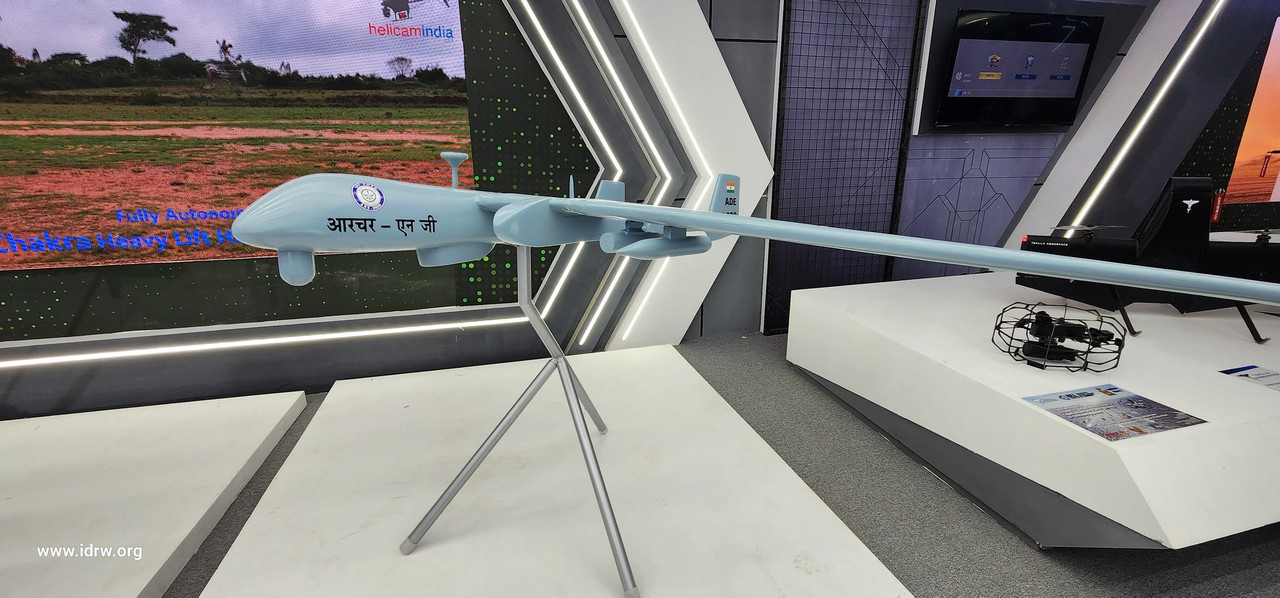SOURCE: RAUNAK KUNDE / NEWS BEAT / IDRW.ORG

In a significant development, the Indian Armed Forces have combined their requirements for Medium Altitude Long Endurance (MALE) Class Unmanned Aerial Vehicles (UAVs) following a comprehensive study. This consolidation of requirements is a result of India’s growing emphasis on enhancing its aerial surveillance capabilities and modernizing its defence infrastructure.
Previously, India made the strategic decision to acquire 31 Predator drones from the United States, which fall into the High Altitude Long Endurance category. These drones are intended for the extensive surveillance of areas critical to Indian security interests. The acquisition of the Predator drones signifies India’s commitment to bolstering its capabilities in aerial reconnaissance and monitoring.
Now, India is looking to procure MALE Class UAVs to further strengthen its surveillance capabilities. The competition for this contract is fierce, with several indigenous drone manufacturers vying for the opportunity. Notable contenders include the Tapas and Archer-NG drones, along with the Drishti-10, a MALE UAV developed by the Adani Group. The Drishti-10 is produced under a license for the Hermes 900 UAV, showcasing India’s commitment to domestic drone manufacturing.
The decision to consolidate the requirements for MALE Class UAVs is a significant step in the modernization of India’s defence infrastructure. These drones are expected to play a pivotal role in enhancing surveillance and reconnaissance capabilities, contributing to the nation’s overall security and strategic objectives.
What makes MALE Class UAVs particularly valuable is their ability to operate at medium altitudes for extended periods. This endurance and range make them well-suited for surveillance missions over vast areas of interest. As India seeks to secure its borders, monitor strategic regions, and safeguard its national interests, the acquisition of these UAVs becomes increasingly important.
While the initial estimate for the combined requirements stood at 97 MALE Class UAVs, a more detailed study has determined that a total of 155 units will be needed to meet the Armed Forces’ operational needs. This adjustment reflects India’s commitment to thoroughly addressing its surveillance and reconnaissance requirements, ensuring it has the necessary capabilities to safeguard its interests effectively.
The consolidation of requirements for these drones demonstrates India’s resolve to keep pace with technological advancements in defence and security. As the country continues to invest in cutting-edge military technology, the acquisition of MALE Class UAVs will further enhance its operational capabilities and strengthen its defence posture. This move reinforces India’s position as a major player in the global defence landscape.
NOTE : Article cannot be reproduced without written permission of idrw.org in any form even for YouTube Videos to avoid Copy right strikes. Websites doing illegal reproductions will get DCMA and Legal Notices.